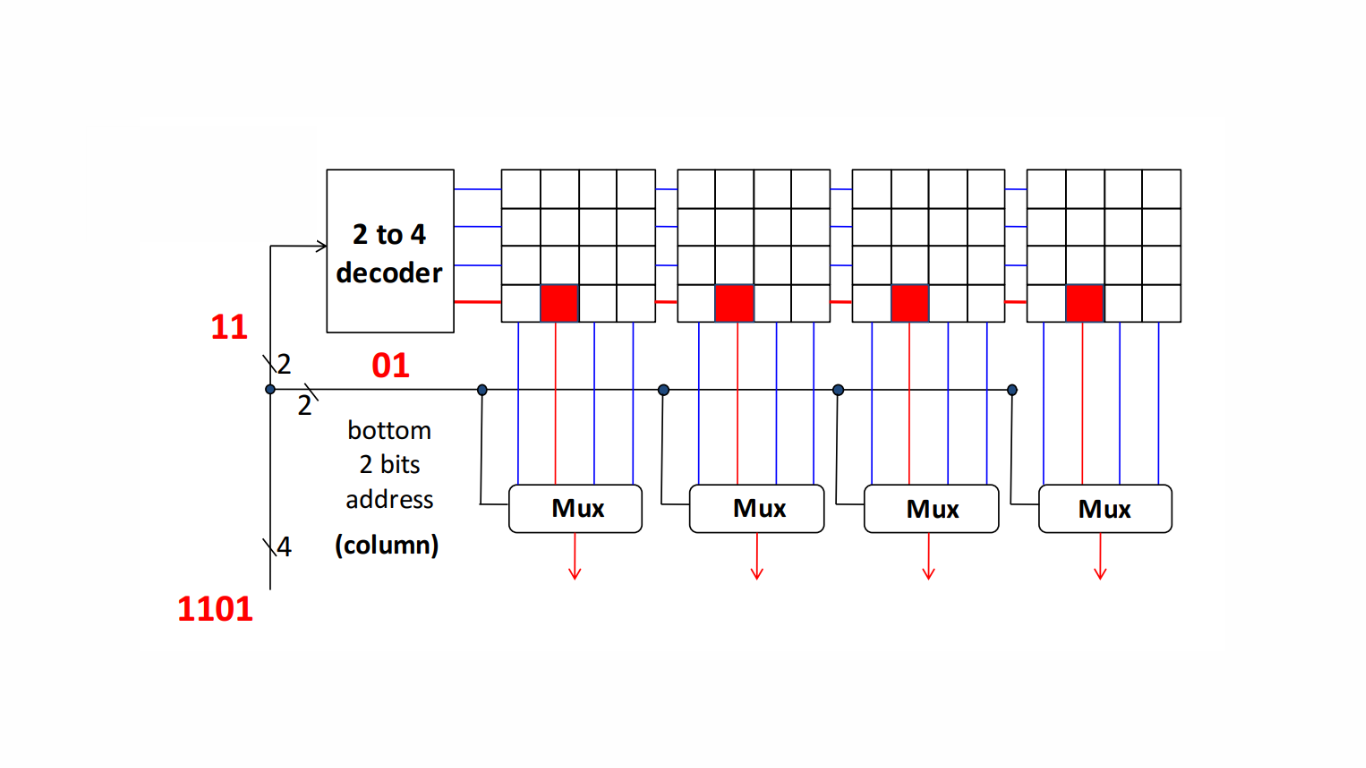In SRAM (Static Random Access Memory), a column decoder and a multiplexer (mux) are important parts that help the memory work properly.

Column Decoder in SRAM
The column decoder has a main job: it selects and activates a specific column of memory cells for reading or writing data. SRAM has many memory cells organized into rows and columns, with each cell storing a bit of data. The column decoder takes the column address given by the memory controller and figures out which column of memory cells to access. By doing this, it makes sure that the right column is active for reading or writing data.
MUX in SRAM
The mux in SRAM has the job of choosing and directing the data that needs to be written into or read from the memory cell. It acts like a data selector, letting the memory controller pick the right data path. The mux takes multiple data inputs and uses control signals from the memory controller to choose one of them. Then, it sends that selected data to the chosen column of memory cells for writing or reading.
Both the column decoder and mux are really important in SRAM. They make sure that the right column of memory cells is chosen and that data is directed accurately. The column decoder helps identify the correct column to access, while the mux allows for efficient data selection and routing. Because of these components, SRAM can do reliable reading and writing operations.